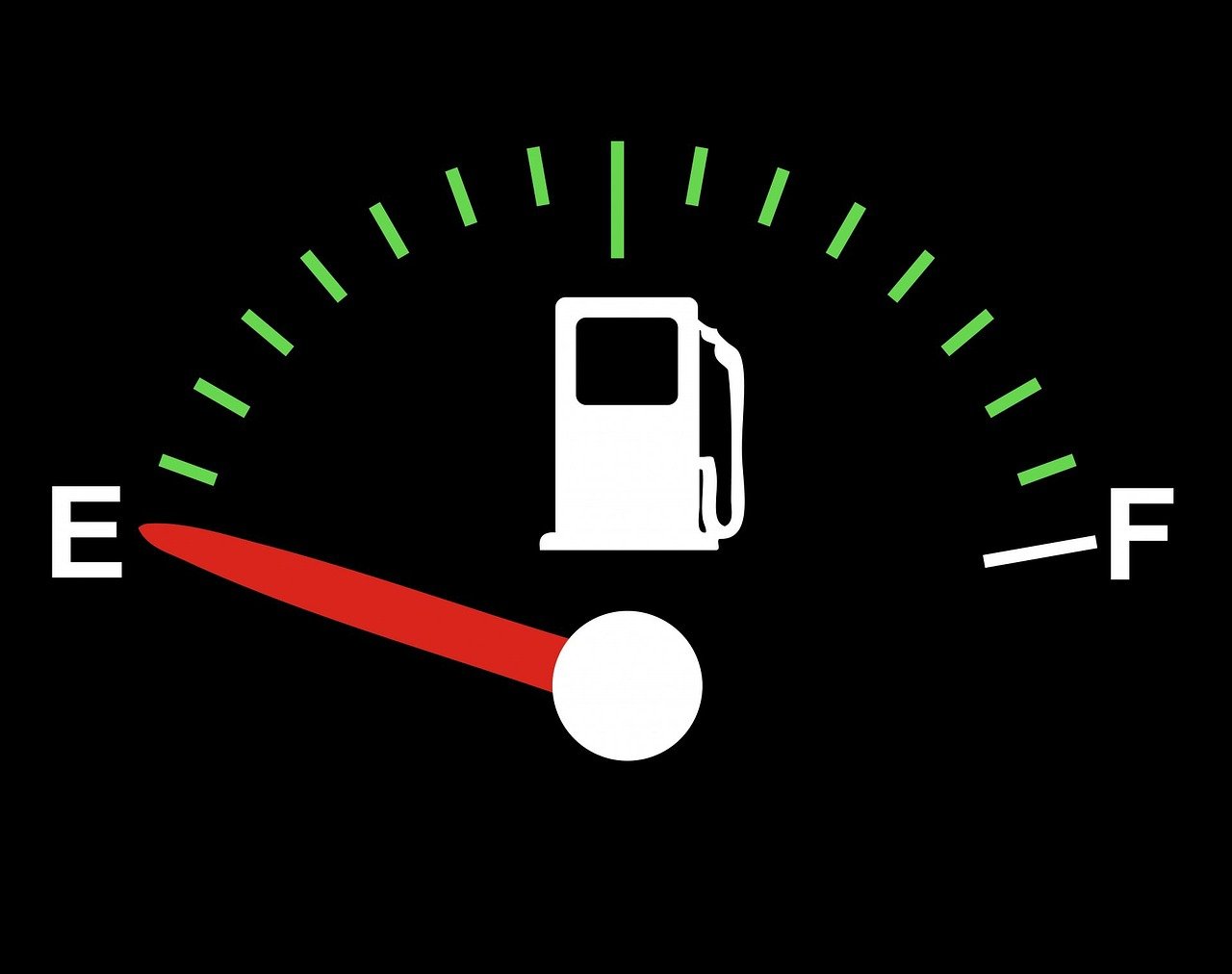How to Curb Budget-Busting Fuel Expenses

By Mary Gerard, Content Marketing Manager
Where does 60% of your fleet’s budget go each year? Fuel.
While depreciation is typically a fleet’s largest expense, fuel is No. 2.
Fuel costs rose 54% last year over 2021 expenses, according to the American Transportation Research Institute report. While the prices at the pump contributed significantly to this increase, it wasn’t the only culprit. Gas-guzzling vehicles, excessive idling, speeding, and other behaviors all contribute to budget-busting fuel expenses.
Implementing fuel-saving strategies, changing driver behaviors, and investing in new vehicles and more energy-efficient fuel sources can get fuel budgets into the black and improve your fleet’s performance.
Strategies to Cut Fuel Expenses
While you can’t control the cost of fuel, you can control how your fleet uses it. You can reduce your fuel expenses by implementing these strategies:
- Monitor tires: Keeping tires properly inflated can improve vehicles’ fuel efficiency by an average of 0.6%, and up to 3%, according to the National Highway Traffic Safety Administration.
- Repair oxygen sensors: Repairing or replacing a malfunctioning oxygen sensor can improve fuel efficiency by up to 40%, according to the U.S. Department of Energy. Your shop can set up maintenance reminders in your fleet management software system to remind technicians to inspect the sensor during preventive maintenance services.
- Adjust routes: Keeping drivers on quality road surfaces and making sure they are on the most fuel-efficient routes can reduce costs.
Ways To Improve Bad Driver Behaviors
Keeping vehicles maintained is essential to reduce fuel costs, but monitoring driver behaviors and providing necessary training is also crucial:
- Limit idling: Excessive idling can waste fuel. Drivers should be trained to limit idling and turn off their engines if they are parked for a while. Telematics systems can help identify these behaviors and alert drivers when they need to turn off their vehicles.
- Monitor speeding: Speeding or sudden acceleration can waste fuel – and lead to dangerous situations. You should set speed restrictions for your drivers to improve their fuel usage and increase their safety. Telematics solutions can signal to drivers when they need to slow down.
- Train drivers: Aggressive driving can also waste fuel. Drivers should be trained on how to avoid rapid acceleration and sudden braking and the risks they can cause.
- Take the appropriate vehicle: When sending vehicles on a route, make sure the task and route are suited to the vehicle. Taking the smallest vehicle possible that will still get the job done can be the most fuel-efficient option.
- Limit fuel card spending: Fleets should put restrictions on fuel-card usage. Placing limits on what can be purchased, where vehicles can be fueled, and how often, lets you monitor how much fuel is being used, and can curb personal usage of vehicles and fuel cards.

Update Vehicles and Fuel Sources
Keeping old, inefficient vehicles in your fleet can increase your fuel usage. Older vehicles or high-mileage assets can have lower fuel economy than newer vehicles.
“According to a recent EPA study, fuel economy has improved by 32% for light-duty vehicles since 2004, so if you are driving an old vehicle, chances are you are paying more at the fuel pump,” said Tony Yankovich, the Director of Advisory Services at RTA. “If you drive a 10-year-old 1/2-ton pickup truck and you drive 18,000 miles per year, your fuel costs can be $400 a year higher (based on the combined city/highway MPG for a Ford F-150 2WD pickup truck).”
To eliminate these inefficient vehicles, you should pull data from your fleet management system to track each asset’s MPG, and its total cost of ownership to eliminate older vehicles and replace them with newer assets – which have lower MPG ratings.
“By using your FMIS to improve fuel accountability, you can often reduce fuel costs by 5 to 10 percent,” Yankovich said.
You can also add hybrid and electric vehicles to your fleet, as well as assets that use alternative fuels. This will reduce your fuel usage and trim costs in the long term, even if the upfront price is initially higher. However, these can come with other complications, such as trying to obtain an electric vehicle, building charging stations, reducing route lengths, and buying alternative fuels, so it’s essential to make sure your fleet is prepared for these fuel-efficient vehicles.
Need help reducing your fleet’s fuel usage? See how our FMIS can improve your fleet’s performance to better serve your community.
